Here are our favorite robot vacuums at CES 2022
These are the most exciting new robot vacuums at CES 2022
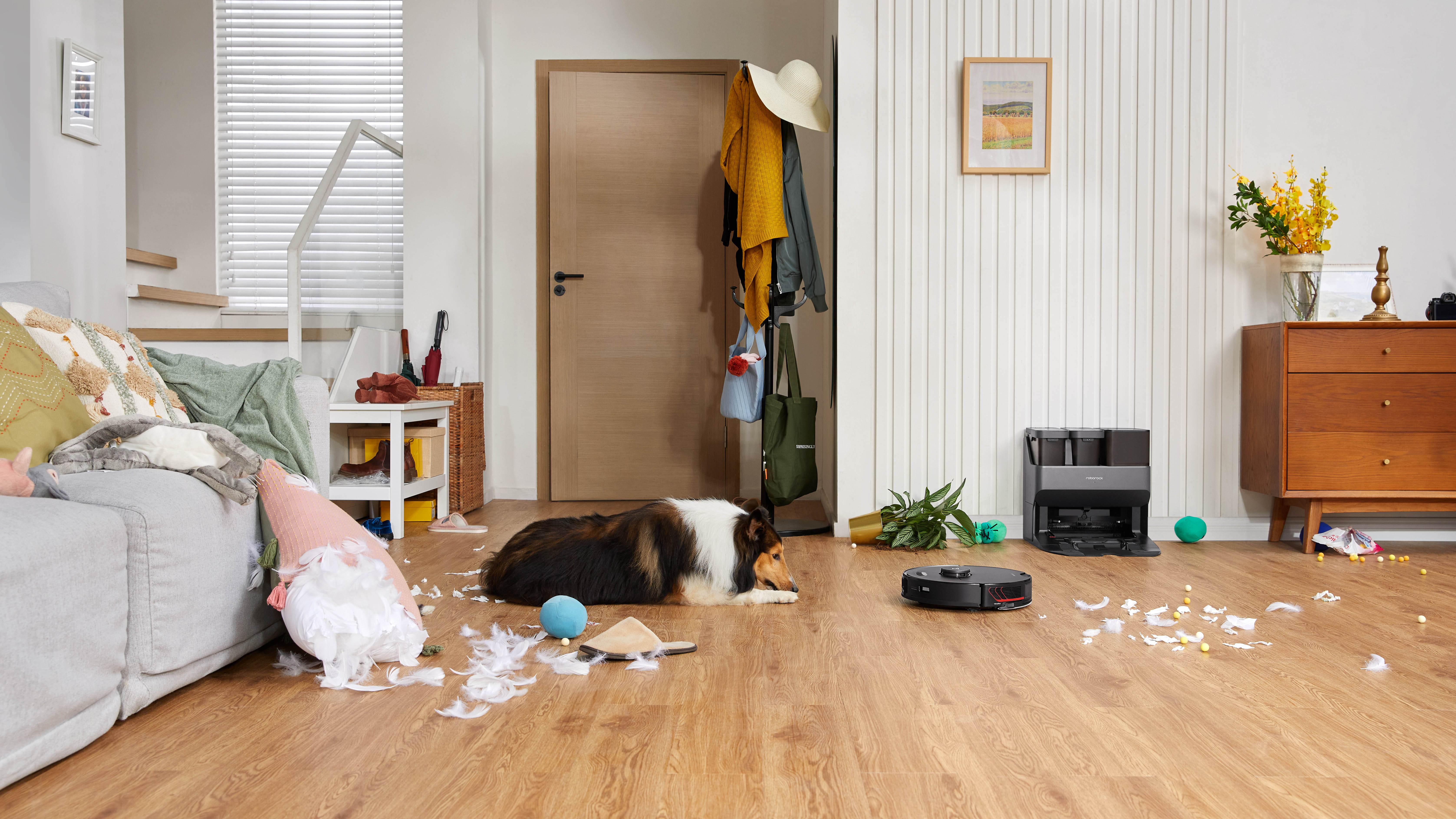
Every year, a host of new robot vacuums are announced at CES 2022. And this year is no different — brands such as Roborock, Ecovacs and Neato to name a few, have thrown their hat into the ring to introduce some of the latest and best robot vacuums.
A key trend this year is improving the convenience of hybrid vacuum-mop designs. As you will see, some models can now rinse and clean the mop head between runs on top of self-emptying the dust bin, saving you the hassle.
However, while a robot vacuum which mops as well as vacuums sounds like a great idea, it’s well-known that the effectiveness doesn’t compare to independent cleaners. The general pickup and cleaning performance just isn’t as strong, and while this is improving, it’s still not quite there. Hopefully, the latest designs on display at CES will address this problem and close this gap once and for all — we can only hope!
It’s not all about finding new features to tack onto robot vacuums though. Some brands are more focused on making the current features more widely available and affordable for the general consumer. At the moment, self-emptying bases seem like a premium feature, but what if it came as standard and you didn’t have to break the bank to get it? After all, most robot vacuums now come with Wi-Fi connectivity instead of a remote control, so this isn’t a far-fetched idea.
While price and availability information is limited for some of the models below, we can still say which designs are worth your attention. These are the best robot vacuums of CES 2022 so far.
Roborock S7 MaxV Ultra
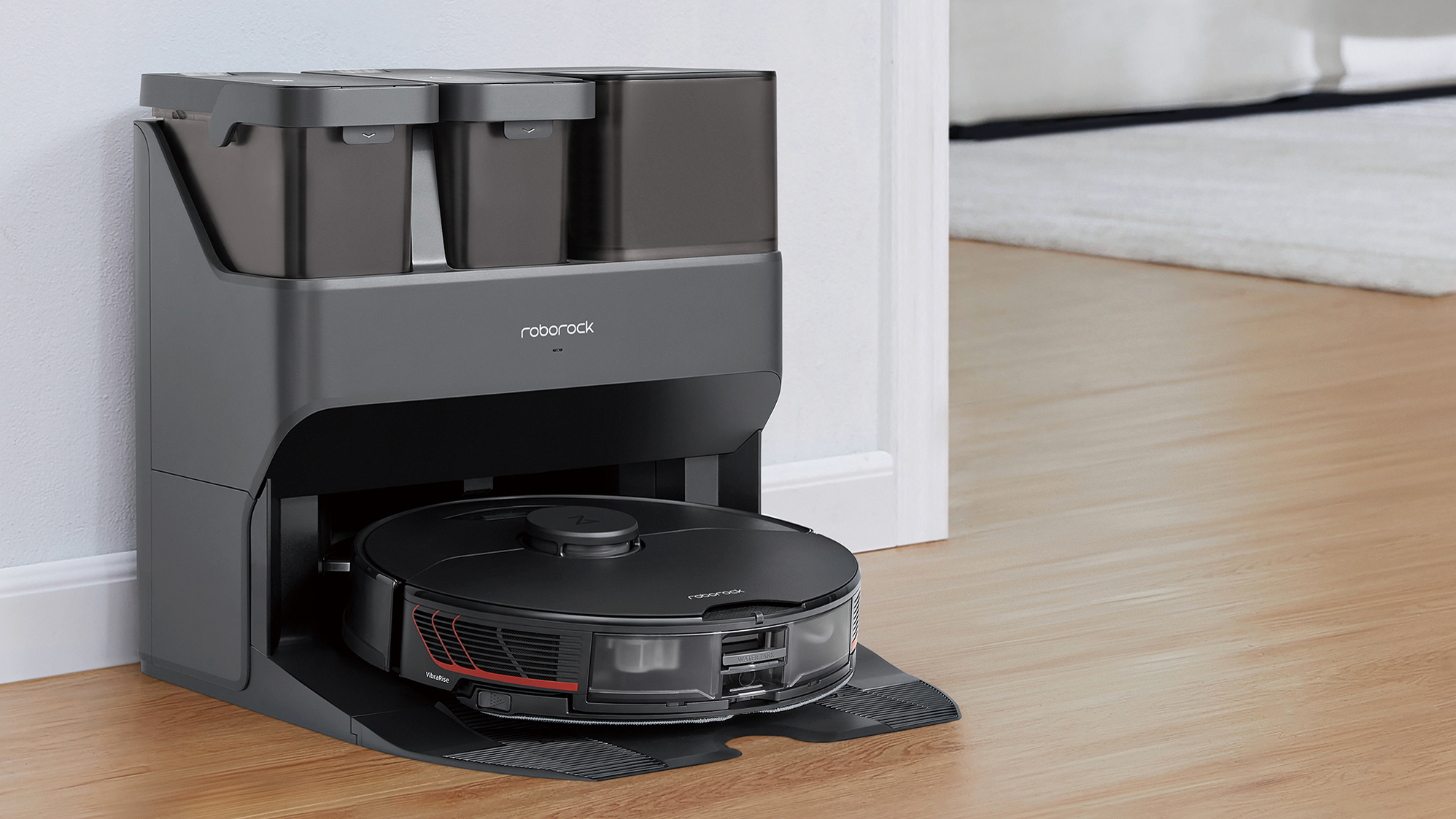
The Roborock S7 MaxV Ultra is the talk of the robot vacuum town at CES. While the hybrid Roborook S7 design shouldn’t be overlooked — in fact it’s the best vacuum-mop design we’ve tested — the new intelligent docking system looks to take it to the next level. With this base, it can now automatically scrub and clean the mop head between runs, so you don’t have to. That means this robot vacuum won’t need anywhere near as much maintenance as standalone robot mops.
As the mop head is scrubbed, the dirty water is removed and stored in a separate tank on the base. And that’s not all the base can do: there’s another tank of fresh water ready to refill this robot vacuum when it’s running low. That means you can get a lot of coverage from the Roborock S7 MaxV Ultra before it needs any maintenance — 300 square meters, according to the brand. The self-emptying dust bin hasn’t lost much capacity with these added tanks either; it can still hold seven weeks worth of dirt. This model also features an improved obstacle avoidance system, which should recognize objects as it cleans. It sounds almost too good to be true, but the MSRP of $1,399.99 certainly makes it more real. It will be available for purchase on Amazon in the second quarter of 2022.
Sign up to get the BEST of Tom's Guide direct to your inbox.
Get instant access to breaking news, the hottest reviews, great deals and helpful tips.
Roborock is also introducing the Q Series in Q2 of this year. It’s a new mid-range robot vacuum offering which looks to combine Roborock’s self-empty technology with some of the original features of the S-series. Depending on the price point, which isn’t yet available, this could be the self-emptying affordable robot vacuum we’ve all been waiting for. It’s called the Roborock Q7 Max and will be available alongside the Auto Empty Dock Pure in the second quarter of this year.
Ecovacs Deebot X1 Omni
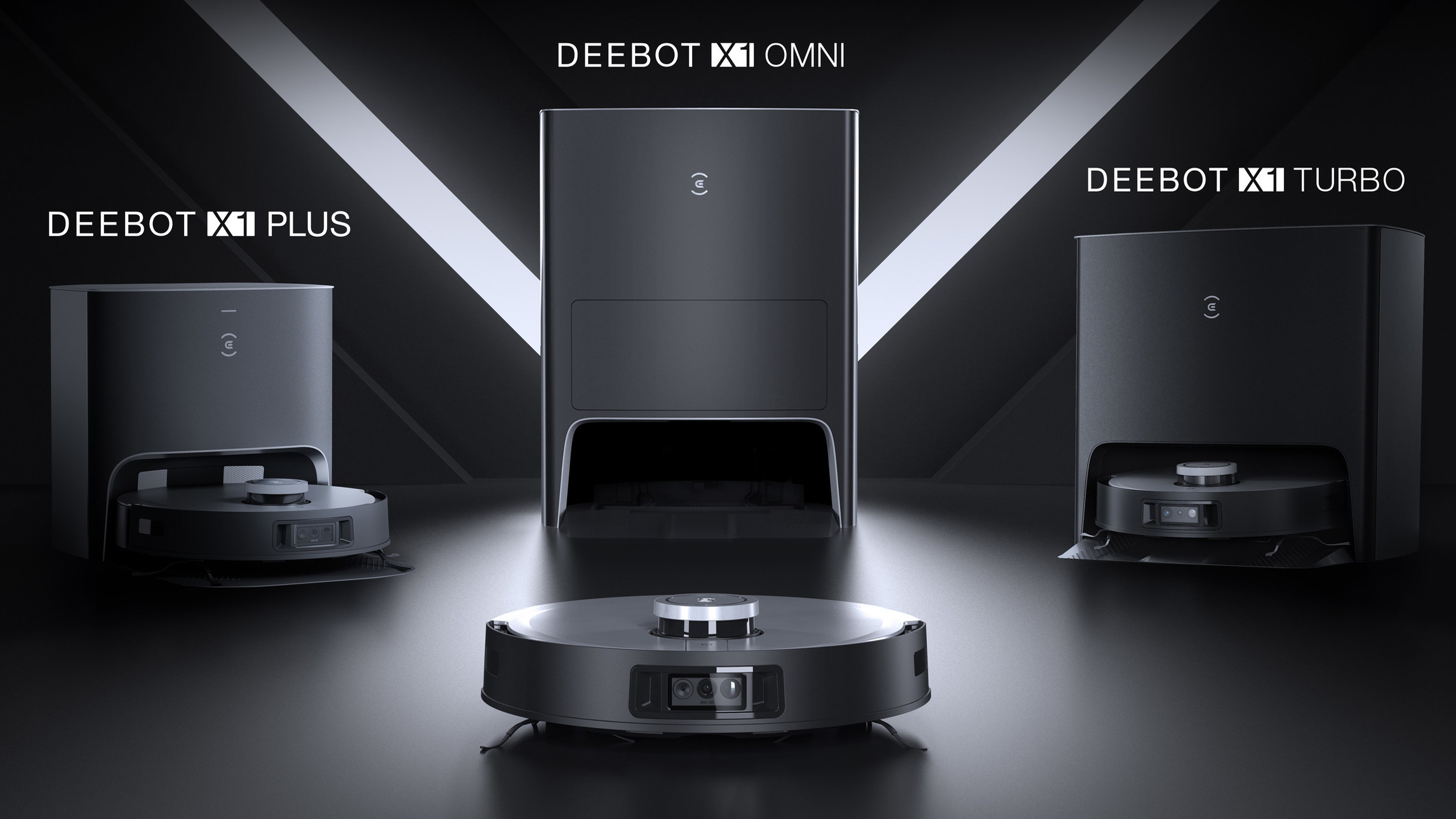
Ecovacs announced its Deebot X1, which includes three models: the Plus, Turbo and Omni — the Omni vacuum-mop clearly being the highlight of the range. The Ecovacs Deebot X1 Omni comes with similar features to Roborock’s S7 MaxV Ultra, including a self-emptying charging base which can wash and dry the mop head, and refill the bot with water. However, the Omni comes with dual spinning mops, which rotate up to 180 rpm for more of a buffing method of cleaning. It also stands out for including YIKO, which enables it to process voice commands without a smart hub. That means you can communicate with this robot vocally without a smart speaker.
It boasts impressive specifications too, including lasers and cameras which can accurately map out the surroundings and identify everyday objects. Plus it claims its mapping technology is the same as that found in self-driving cars.
If you’re thinking all of this can’t come cheap, you’d be right: the Deebot X1 Omni will be available in March for an MSRP of $1,549 at ecovacs.com and Amazon. That’s one of the most expensive robot vacuums we've ever seen. It will be great to see how this robot vacuum compares to others introducing the same technology, and whether it’s worth the extra splurge.
Neato D9 and D10
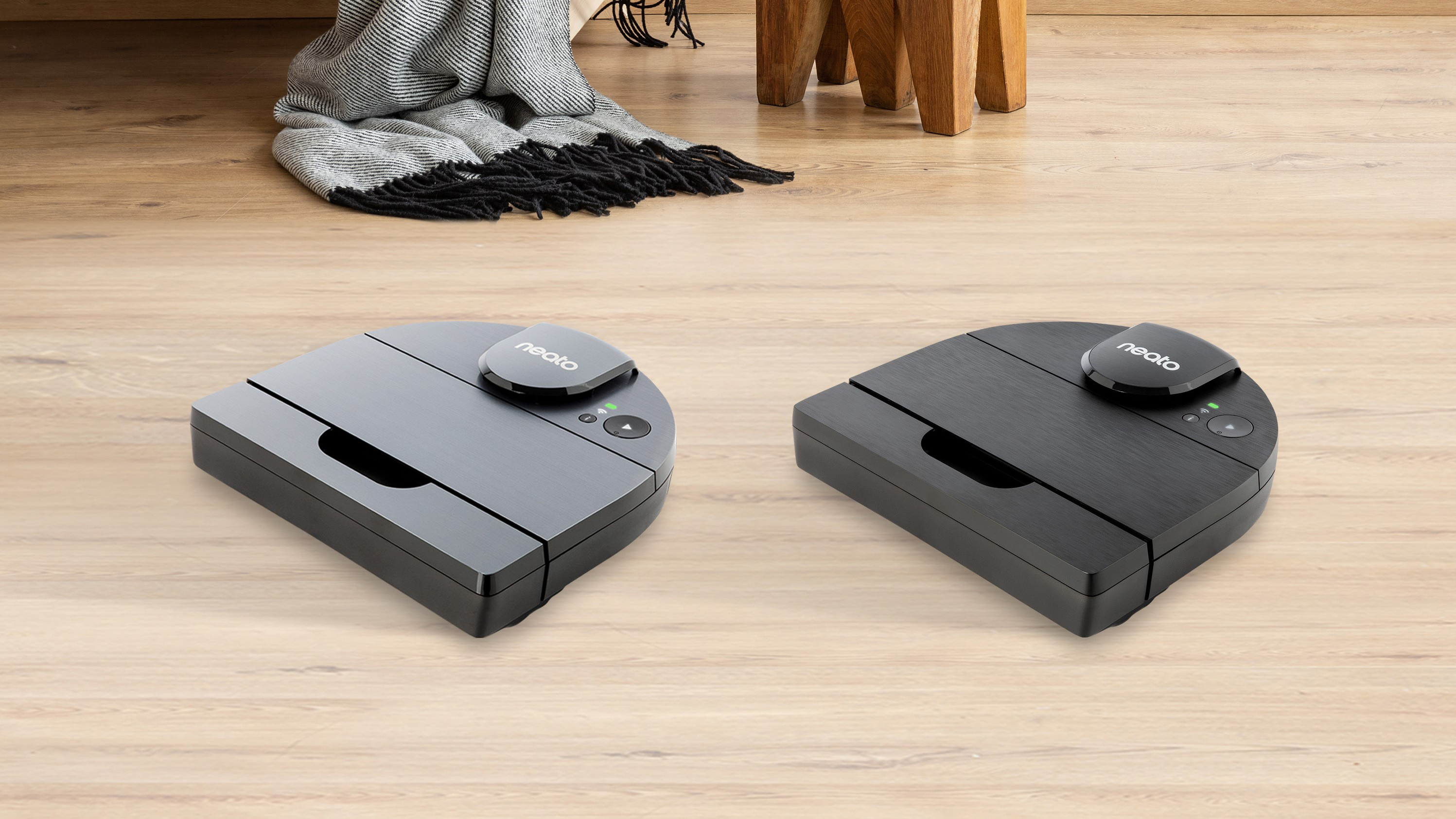
Neato is also exhibiting its latest robot vacuums — the D9 and D10. While these were announced in October last year, the improvement on these designs is worth mentioning. Each claims to offer substantially better dust pick up than previous models — the D9 offering 40% better and the D10 60% respectively. The iconic D-shape of the body is also ideal for reaching into corners and along edges, which is a challenge for circular designs. There are also new features available on these models which haven’t been for the predecessors, such as zone cleaning.
While these models don’t boast the latest features, such as self-emptying bases, they are more affordable. The difference between the two is that the D10 is more powerful, has a longer battery life, an improved filter (HEPA) and a max boost mode. Neato suggests it’s better for larger houses, but with only a $150 difference in price, I’d be inclined to get the D10. The D9 is currently available at Amazon for $449 and the D10 is $599 at Amazon.
Sweeva 6000 and 6500
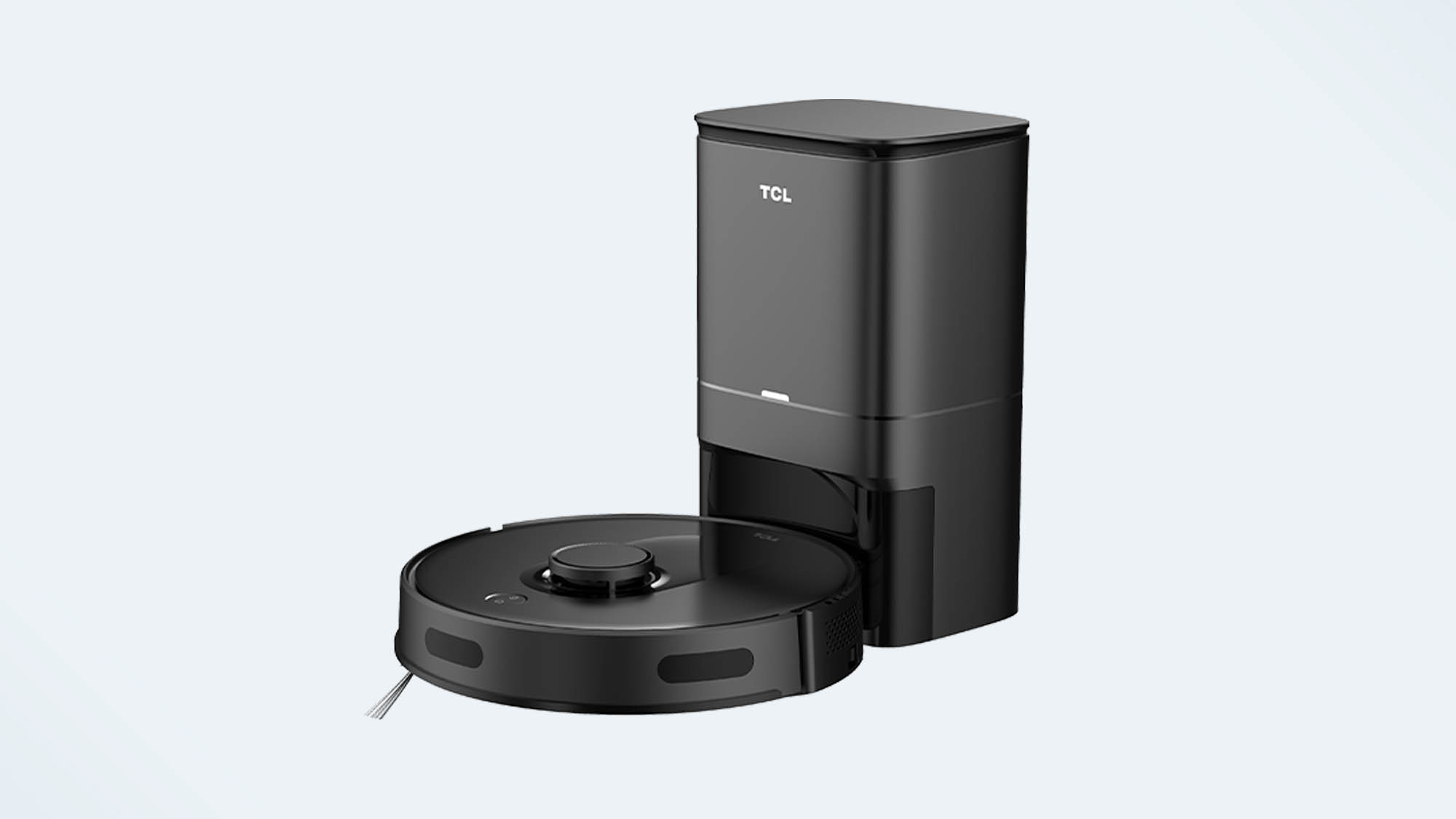
TCL also revealed some new robot vacuums at CES, including the Sweeva 6000 and 6500. These offer what you would tend to expect from your average robot vacuum, including laser-guided navigation, app connectivity and mapping. The 6500 also comes with a self-emptying charging base, which is the only difference between the two. However, what interests us is that they use UV-C lights to sterilize the floor as you clean. This takes robot vacuum cleaning to a whole new level and is a relevant feature considering the ongoing pandemic.
They’re not a bad price for what they have to offer — the MSRP is $399.99 for the 6000 model and $499.99 for the 6500 according to the website, although we don’t know when they will be available. Either of these could make the list as one of the best cheap robot vacuums if the design can deliver.
Dreame Bot W10
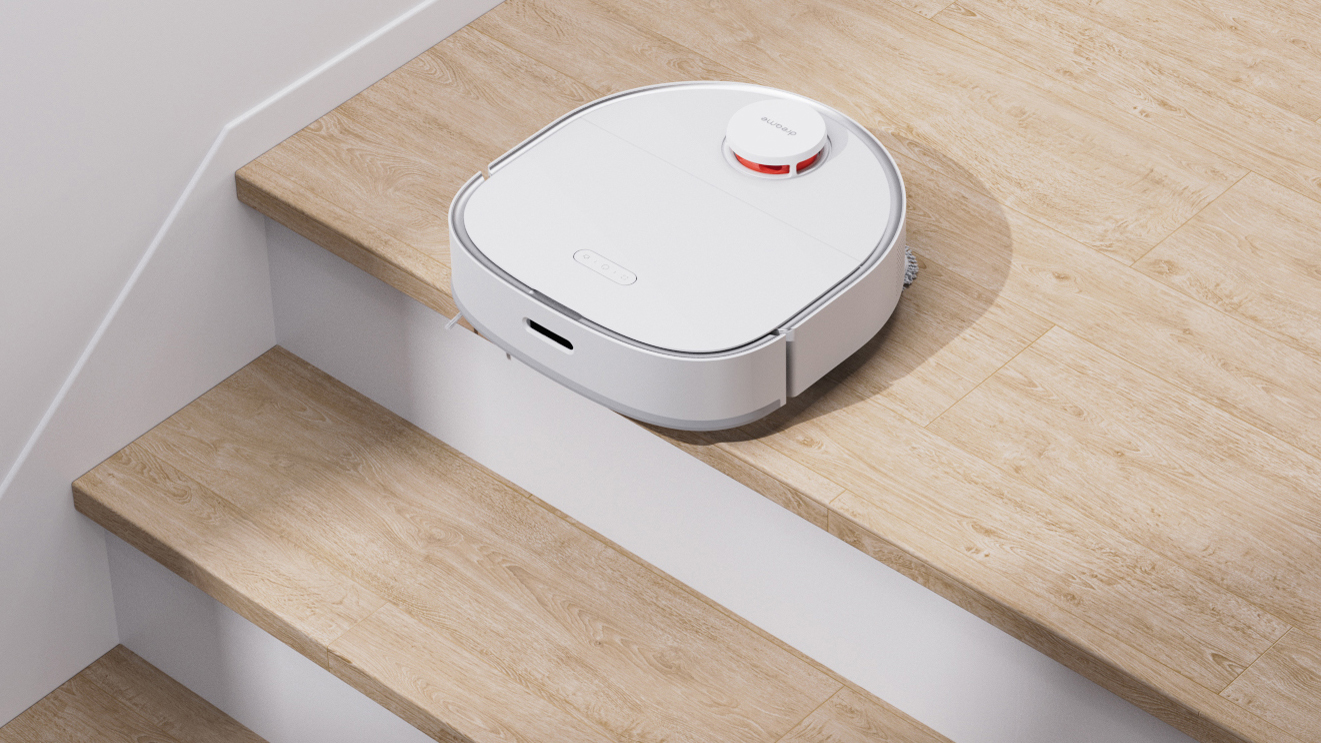
Dreame Technology has unveiled its first robot vacuum-mop offering at CES 2022 — the Dreame Bot W10. This looks to be a strong model to bring to the table, featuring a self-emptying charging base which can wash and scrub the mop head and refill the robot vacuum with fresh water when needed — technology quite similar to the latest offerings from Roborock and Ecovacs. However, on this model, the mop head is dried with hot air between runs to prevent it from smelling or growing moldy. This is a particularly useful feature which is a welcome addition if you’ve handled a smelly mop.
The sensors on this bot have also been upgraded compared to others in the range, so it’s able to map faster and avoid obstacles better. It can also save up to three floor plans, making it ideal for multi-level homes. It definitely ticks all of the features boxes, but we need to get one in and test it to see if it can really deliver. It’s currently planned to be released on Amazon towards the end of November this year, and it’s priced at $949.99 on Dreametech.
- Next: See our CES 2022 live blog for all the biggest news

Katie Mortram used to be a Homes Editor for Tom's Guide, where she oversaw everything from kitchen appliances to gardening tools, as well as smart home tech. Specializing in providing expert advice for cleaning and home manintenance, she now works as Household Advice Editor for Good Housekeeping.
